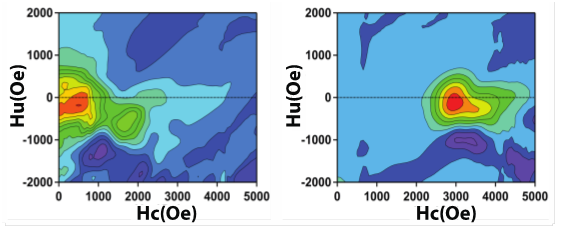Magnetic materials provide the backbone for clean technology applications such as electric cars and wind-powered generators. Due to their substantial energy products, rare earth permanent magnets have a high-impact on clean technology applications. However, with extreme import regulations and accessibility to the United States, rare earth permanent magnets are becoming increasingly expensive to manufacture. Alternative sources, such as rare earth free permanent magnets have been subjected to intense research. This is largely due to the similarities these magnets possess to rare earth permanent magnets. Our group is focused on a ferromagnetic material based upon nanoscale cobalt carbide. This nanoscale cobalt carbide is especially attractive since it provides unusually large coercivities and energy products, (BH)max to currently existing high performance permanent magnets. The particular properties realized by this material are highly dependent upon the processing conditions, where coercivity is shown to vary inversely with saturation magnetization. Therefore, developing a fundamental understanding of the effect of those conditions on the material’s magnetic properties is critical to translate its initial findings into a realistic candidate, which can compete with rare-earth based magnets.

Figure 1. Measurements of magnetic properties. First-order reversal curve (FORC) diagrams obtained at room temperature for Co metal (left) and carbide (right).
